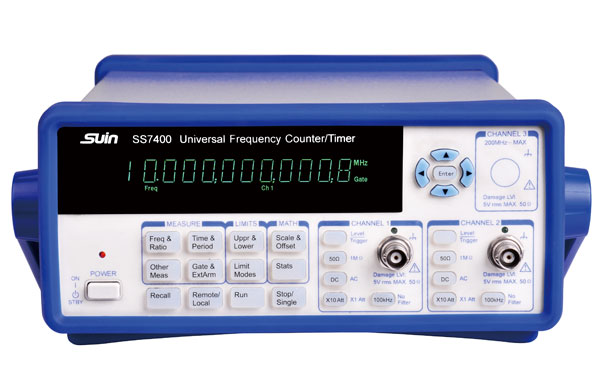

The Universal Frequency Counter symptom is that just station C appears to operate properly and channel A or channel B generates any dimensions. Since nearly all circuitry is shared amongst all 3 stations, it is probably the error is localized inside station A and/or channel B.
Universal Frequency Timer includes three separate inputs. Channal A can quantify from DC up to 160 MHz, station B can quantify from DC up to 100 MHz and Channel C includes a range between 40 MHz all the way up to 1.3 GHz. Apart from frequency dimensions, frequency ratios between two signs can be quantified via channel B and A or station C and station B. Phase relationships between two signs may also be acquired through the A/B channels.

Jul. 10, 2025
Common Uses and Types of Signal GeneratorsJun. 13, 2025
Power Quality Analyzers: SA2100, SA2200, and SA2300 – Which One Fits Your Workflow?May. 14, 2025
Stopwatch Calibrator Uses in Aerospace, Automotive and Labs